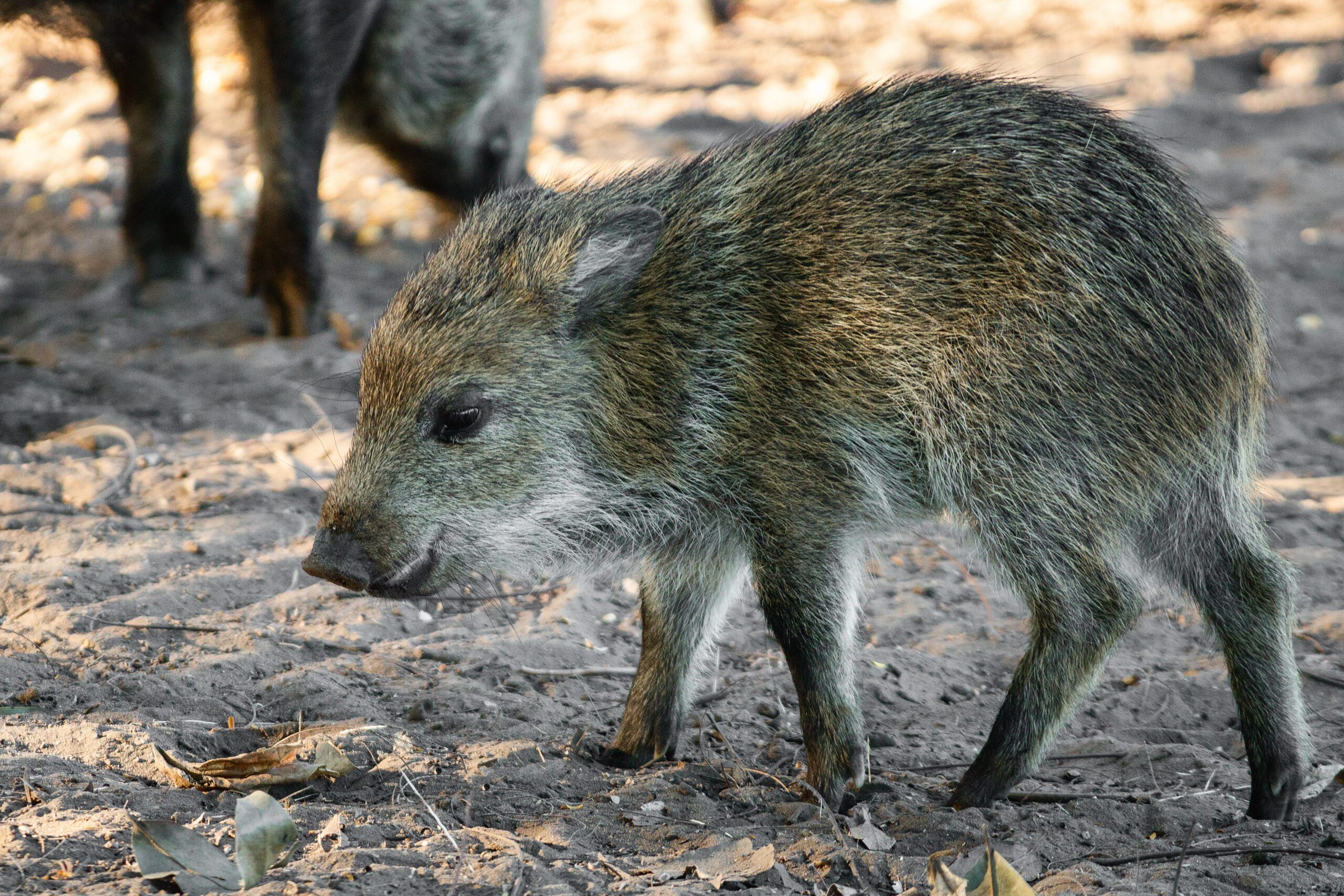
Javelinas in Arizona
Every region has its own unique wildlife, and here, among many other fascinating creatures, we have the wild pigs of the Southwest! Also known as javelinas and colloquially known as “skunks of the desert” for their not-so-great smell, Javelinas live in arid or semi-arid areas of the desert. These omnivorous animals have adapted very well to Arizona’s Sonoran Desert life thanks to their ability to forage for food in dry and barren environments.
In recent years, javelina numbers have increased dramatically in Arizona due to a lack of natural predators and the protection of vegetation that provides them with food and shelter. Arizona’s javelinas are not domesticated, so it’s vital they are respected as wild animals. These creatures are intelligent and calculating, which is perhaps one of the reasons why they are considered such an invasive species in Arizona.
What Is a Javelina?
The most common mistake people make when encountering a javelina is confusing it for a pig. Although they may look just as cute and share the same body shape and behavior, they’re not quite the same. Javelina, also known as collared peccary, are medium-sized mammals that look similar to a wild boar. Their hair is short, coarse, and salt and pepper colored, and they have short legs and a pig-like nose. Their canine teeth are long and sharp and protrude from the jaws about an inch. The hair around the shoulder/neck area is lighter in color, giving it the look of a collar and thus, giving them the name.
What Do Javelinas Eat?
Javelinas are herbivores and eat grasses, cacti, shrubs, fruits, and other vegetation. For instance, javelinas eat prickly pear cactus fruit by breaking off spines before chomping down on its edible fleshy parts while also chewing up leaves on other plants nearby—all while using their front teeth instead of tusks as true boars do!
Are Javelinas Dangerous?
Many people assume that because javelinas appear small (about the size of a medium-sized dog), they won’t hurt anyone—but don’t be fooled! It’s essential to remember javelinas are wild and strong animals with sharp teeth and long front claws designed for digging up roots.
According to the Arizona Game and Fish Department, female javelinas are territorial, so be careful when walking, biking, or hiking in the desert. They can also be dangerous and aggressive in defense of their territory or young offspring. During early development, javelinas are taught how to establish their own territories by their mothers, who act as teachers and role models. Once the females have their own babies, they also teach them about territorial behavior and mark every aspect of the land so that no other javelina pigs will take it over.
We’re lucky to have wild javelinas in Arizona—they’re fascinating animals and fun to observe (from afar) if you’re ever lucky enough to stumble upon one. Some neighborhoods adjacent to the desert will see packs wandering through the streets at night foraging for food. However, they should not be approached or fed. These animals tend to move in large groups, so it’s important not to get too close when viewing them near populated areas. If you see a group of javelinas on your property, ensure that your pets are indoors and away from possible danger!

